Bathroom Remodeling is a popular home improvement project that increases your home’s value and improves the space’s functionality. It is also a great way to add style to your bathroom. For bathroom remodeling needs, contact Dallas Contractors.
 When thinking about a bathroom makeover, it’s important to understand the difference between renovation and remodeling. Some cosmetic changes, such as repainting and replacing a mirror, are more of a refresh than a full renovation.
When thinking about a bathroom makeover, it’s important to understand the difference between renovation and remodeling. Some cosmetic changes, such as repainting and replacing a mirror, are more of a refresh than a full renovation.
One of the best things about bathroom remodeling is that it can add significant value to your home. In fact, it’s often considered one of the top renovation projects to improve resale value. That’s because potential buyers are likely to pay more for a home with a sleek, modern bathroom. In addition, a well-designed bathroom can make the rest of your home look better.
However, it’s important to understand the difference between remodeling and renovating. A renovation project involves upgrading features without changing the original design, while a remodel will change the layout or structure of the room. For example, you might turn a bedroom into a bathroom or change the entire floor plan of the space.
Whether you’re planning to sell your home in the future or not, it’s always a good idea to invest in bathroom remodeling. It can increase your comfort and enjoyment of the space, and it will also help to keep your home in good condition.
Many homeowners worry about the expense of a bathroom remodel, but it’s actually a relatively affordable renovation project. In addition, you can save money by reusing the existing fixtures and finishes, such as bathtubs and showers.
It’s also a good idea to invest in energy-efficient upgrades, such as new toilets and showerheads. These improvements will not only save you money on utility bills but will also improve your home’s environmental footprint.
Another way to boost your home’s value is to add more storage space. Buyers will be looking for extra cabinet and shelving space for linens, cleaning supplies, and toiletries.
Lastly, it’s a good idea to hire a professional contractor for your remodel. A professional can help you avoid costly mistakes and ensure the job is done properly. Plus, they can help you choose the best materials for your budget.
A well-designed bathroom can add a lot of value to your home, but it’s important to do it properly. By following these tips, you can get the most out of your remodeling project and improve your chances of recouping your investment when it’s time to sell.
- Create a more functional space
Bathroom Remodeling can add functionality to your home by changing the layout, adding more storage space, or upgrading fixtures. It’s also the perfect time to add ADA-compliant features like grab bars, zero-depth entry showers, and wider doorways for easy access. These changes aren’t a large investment and will make your bathroom more user-friendly for aging and disabled family members.
One of the biggest complaints about bathrooms is their minimal storage. Whether it’s for towels or makeup, you need somewhere to put all your items. Remodeling your bathroom is the perfect opportunity to add more storage space to reduce clutter and keep everything organized.
There are many ways to add more storage to your bathroom, including installing recessed medicine cabinets and built-in shower shelves. You can also install a tip-out hamper or laundry chute to free up floor space. Additionally, there’s often unused space in the wall for between-the-studs storage that can be customized to fit your exact needs.
During your bathroom remodel, you can also upgrade your lighting and ventilation. This will help keep the room cleaner and healthier, and it will save on your energy bill. By replacing old light bulbs with energy-efficient LEDs, you can reduce your home’s electricity usage by up to 50 percent.
A bathroom remodel is also a great opportunity to update your water heater and appliances, which can save you money in the long run. Older water heaters are less efficient and will increase your energy bills. By switching to a tankless water heater, you’ll save money on your utilities and make your home more eco-friendly.
A bathroom remodeling project can be as simple or complex as you’d like. You can choose to change the flooring, paint or tile, add a new vanity or sink, or even swap out your tub for a walk-in shower. You can also opt for a major overhaul and do a complete gut job. A trusted design build remodeling firm can help you decide what changes will work best for your space. They’ll take into account the current layout, light levels, and size of your existing fixtures to create a plan that will maximize the functionality of your space.
- Make your bathroom more comfortable
As you make changes to your bathroom, consider how you can increase comfort. This might be a simple as adding a heated towel rack, or it could involve changing the layout of your room to better accommodate your needs. Considering the fact that the bathroom is such a damp and humid space, comfort can be hard to achieve without making some changes.
One of the best ways to do this is by incorporating some interesting textures into your space. For example, if you have white walls, try adding some roughly textured materials. This can add a touch of modern design to your room while still keeping the space looking clean and fresh.
Another way to improve your bathroom’s comfort is by adding more windows and natural lighting. This will help to keep the space well-ventilated and remove moisture that can cause mold and mildew. It will also help to reduce your energy costs, as it will be less likely that you’ll have to run the bathroom fan for long periods of time to prevent walls from getting wet and mirrors from fogging up.
If you have the space to do it, knocking out a wall and connecting your bathroom with your bedroom can be a great way to open up your room and make it feel bigger. You can also increase the amount of storage space in your bathroom by installing more cabinets, or by utilizing an empty corner for a linen closet.
The final way to improve your bathroom’s comfort is to include some personal touches that can help make it feel more like home. Whether it’s hanging a piece of art on the wall or placing a few plants in the space, these small details can really make a difference in how comfortable your bathroom is.
Bathroom remodeling can be an overwhelming project, but with the right knowledge and resources, you can remodel your bathroom and create a space that’s both functional and beautiful. With some careful planning and the help of a qualified contractor, you can create a bathroom that’s both modern and timeless.
- Increase your home’s resale value
A fresh and updated bathroom is a big selling point for any home, boosting its overall resale value. A new bathtub, shower, or toilet will increase your home’s resale value while adding functionality and comfort to the space for you and any future homeowners.
A new vanity will add more storage and a fresh look to the room, as well. Whether you opt for wood or granite, a well-chosen vanity will elevate your bathroom’s look and increase its resale value. Repainting your walls will also make a difference in the appearance of the room. White is a popular color, but dark greens or blues can add richness and depth to the space.
Another way to increase your home’s resale is by replacing your outdated fixtures and hardware. Updated light fixtures, a new sink and faucets, and a new toilet will all make your bathroom more functional and attractive. New cabinet doors and hardware will also enhance your bathroom’s look, especially if you choose a neutral color that is likely to appeal to many buyers.
While it may be tempting to incorporate high-end materials like marble countertops or stone floors into your bathroom remodel, keep in mind that potential homebuyers will not necessarily want these luxuries in their own homes and can often turn off those looking for more traditional finishes. In addition, trendy colors and details can quickly become dated and can detract from your bathroom’s overall look.
Extensive bathroom remodels that involve expanding the size of your room, moving plumbing lines, or altering a floor plan will be more costly and take longer to complete. Depending on your budget, you should consult with a professional before starting these projects. They will help you determine the best ways to improve your bathroom’s function and resale value while still keeping within your desired budget.
There is no one-size-fits-all approach to remodeling your bathroom. However, the most important factor is to consider your goals and decide how you’d like to use your space before starting any renovations. The key is to make your decisions carefully so that you can maximize the return on investment when it’s time to sell your home.

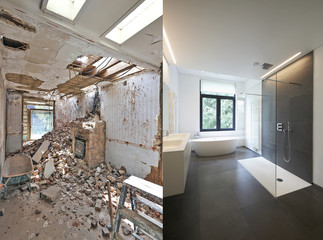

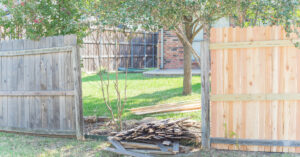
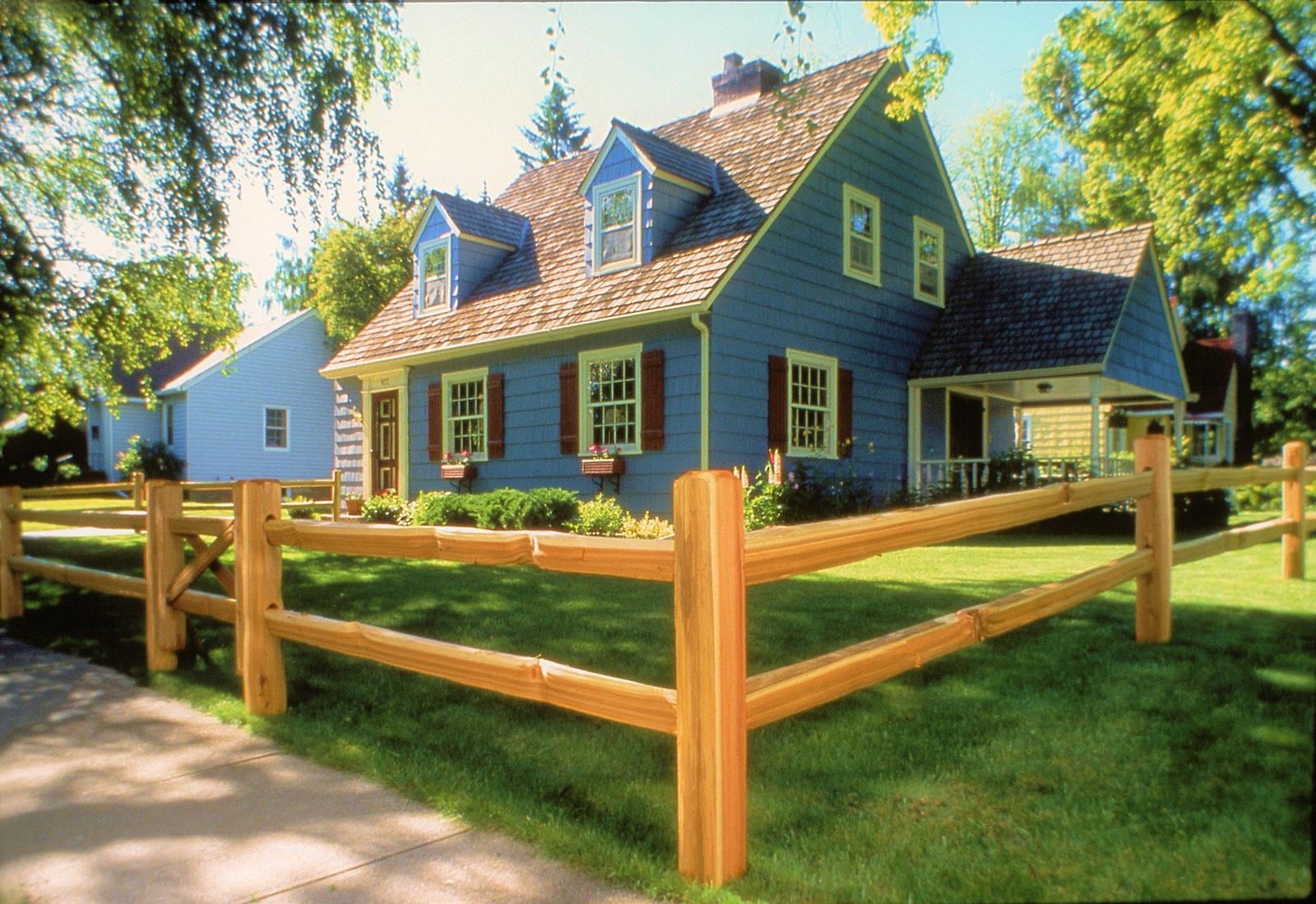
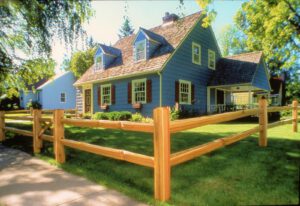
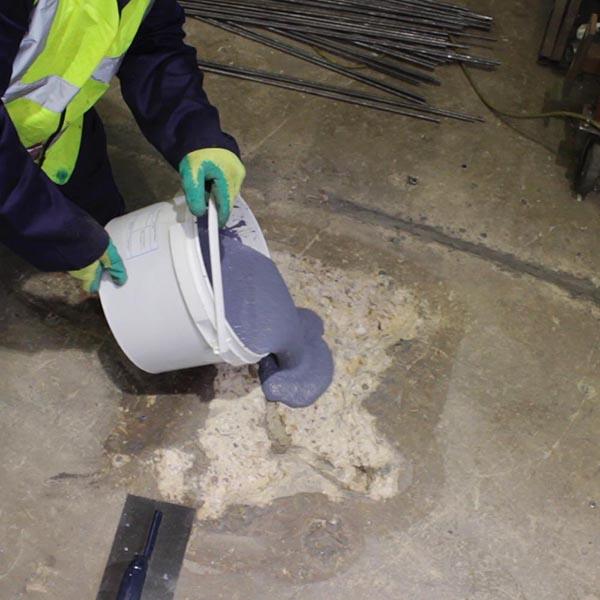
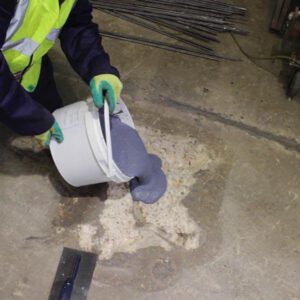
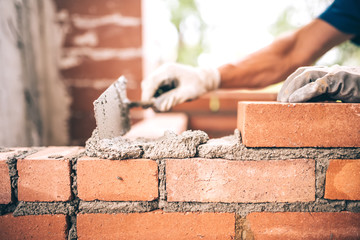
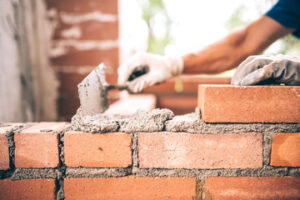 Brick is a popular construction material and has been since ancient times. It is inexpensive to produce and easy to shape with a variety of tools, making it a versatile building material. It is also easily worked by hand or by machine, making it ideal for jobs where skilled tradespeople are scarce.
Brick is a popular construction material and has been since ancient times. It is inexpensive to produce and easy to shape with a variety of tools, making it a versatile building material. It is also easily worked by hand or by machine, making it ideal for jobs where skilled tradespeople are scarce.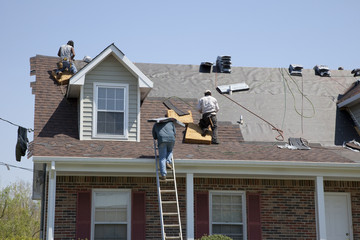
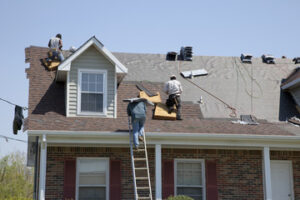 Roofs protect the interior of buildings from rain, snow, sunlight, extreme temperatures, and winds. There are many different roofing materials and construction methods.
Roofs protect the interior of buildings from rain, snow, sunlight, extreme temperatures, and winds. There are many different roofing materials and construction methods.